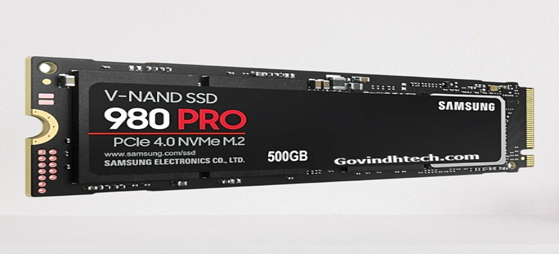For flash and next-generation solid-state drives (SSDs), NVMe (nonvolatile memory express) is a revolutionary storage access and transport protocol that offers the greatest throughput and quickest reaction times ever for all kinds of corporate applications.
1. Speed:
NVMe storage is significantly faster than traditional storage options like hard disk drives (HDDs) or even older solid-state drives (SSDs). It leverages the PCIe (Peripheral Component Interconnect Express) interface, allowing for high-speed data transfer rates. NVMe drives can achieve much higher bandwidth, reducing latency and improving overall system performance. This speed advantage is crucial for demanding tasks like data-intensive applications, gaming, content creation, and virtualization.
2. Form Factor:
NVMe drives come in a compact form factor, typically in the M.2 form factor resembling a stick of chewing gum. This small size allows them to be easily integrated into various devices, including laptops, ultrabooks, and compact desktops. The compact form factor of NVMe drives makes them ideal for portable devices without compromising on storage capacity or performance.
3. Efficiency
NVMe drives are more power-efficient than traditional storage options. They consume less power while providing faster data access, resulting in improved energy efficiency and longer battery life for laptops and other mobile devices. Additionally, NVMe drives generate less heat and operate silently since they don’t have any moving parts, contributing to a quieter computing experience.
4. Scalability
NVMe technology is designed to scale effectively, allowing for the seamless integration of multiple drives into a system. This scalability enables the creation of high-performance storage arrays or systems, such as RAID configurations, where multiple NVMe drives can work together to deliver even greater speed and storage capacity.
5. Integration with Modern Computing Infrastructure:
NVMe drives are designed to integrate better with modern computing architectures and infrastructure. They provide direct integration with the computer’s CPU, reducing data bottlenecks and maximizing performance. Additionally, NVMe is well-suited for cloud computing environments, data centers, and AI applications that require high-speed data processing and handling large datasets efficiently. When considering an upgrade to NVMe, it’s important to ensure compatibility with your system. While some M.2 connectors can accommodate both NVMe(Examples) and SATA SSDs, not all SSDs in the M.2 form factor deliver NVMe performance. Therefore, it’s crucial to


